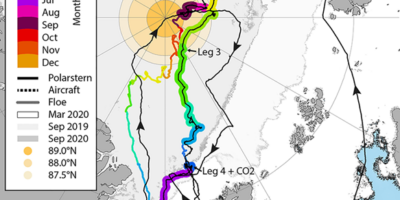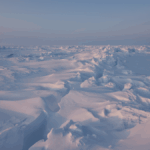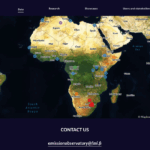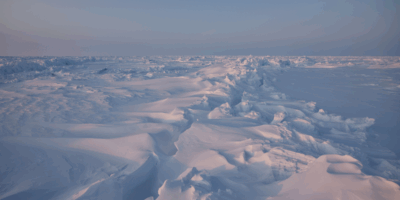
Category: Science News
Page 1/6

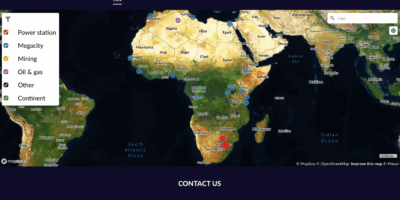
New Satellite-Based Methods for Monitoring Emissions from Cities and Power Stations
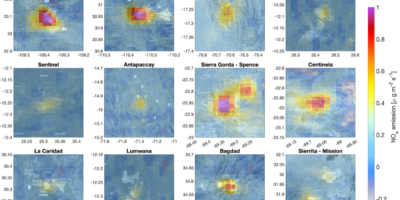
Satellites reveal air pollution from the world’s largest copper mines
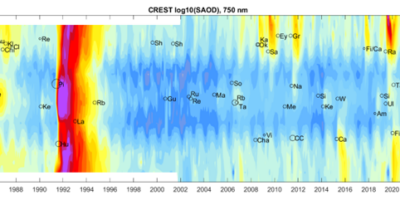
Climate Data Record of Stratospheric Aerosols (CREST)
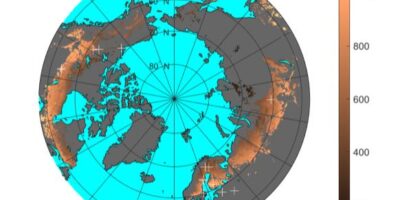
Evaluation of trends in boreal forest CO2 exchange by novel satellite data analysis
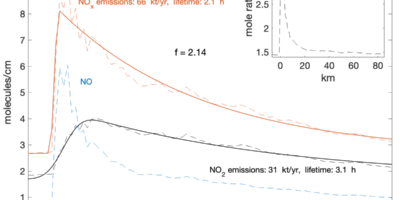
Greenhouse Gases and Remote Sensing of Atmosphere, Science News
New paper in Atmospheric Pollution Research
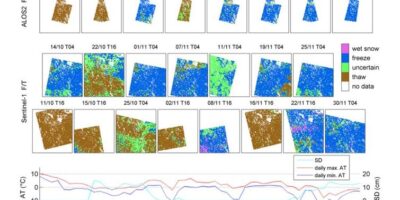
Earth Observation for Cryosphere, News, Science News
Improvements to monitoring the freeze/thaw state with radar satellites
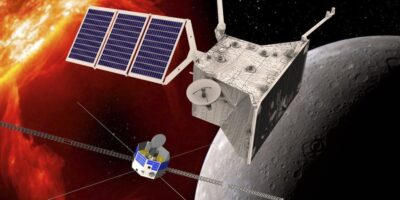
News, Science News, Space Weather
Significant funding for space weather research at Finnish Meteorological Institute

Greenhouse Gases and Remote Sensing of Atmosphere, Science News
New model for snow reflectivity may enhance satellite measurements of carbon dioxide in the Arctic
